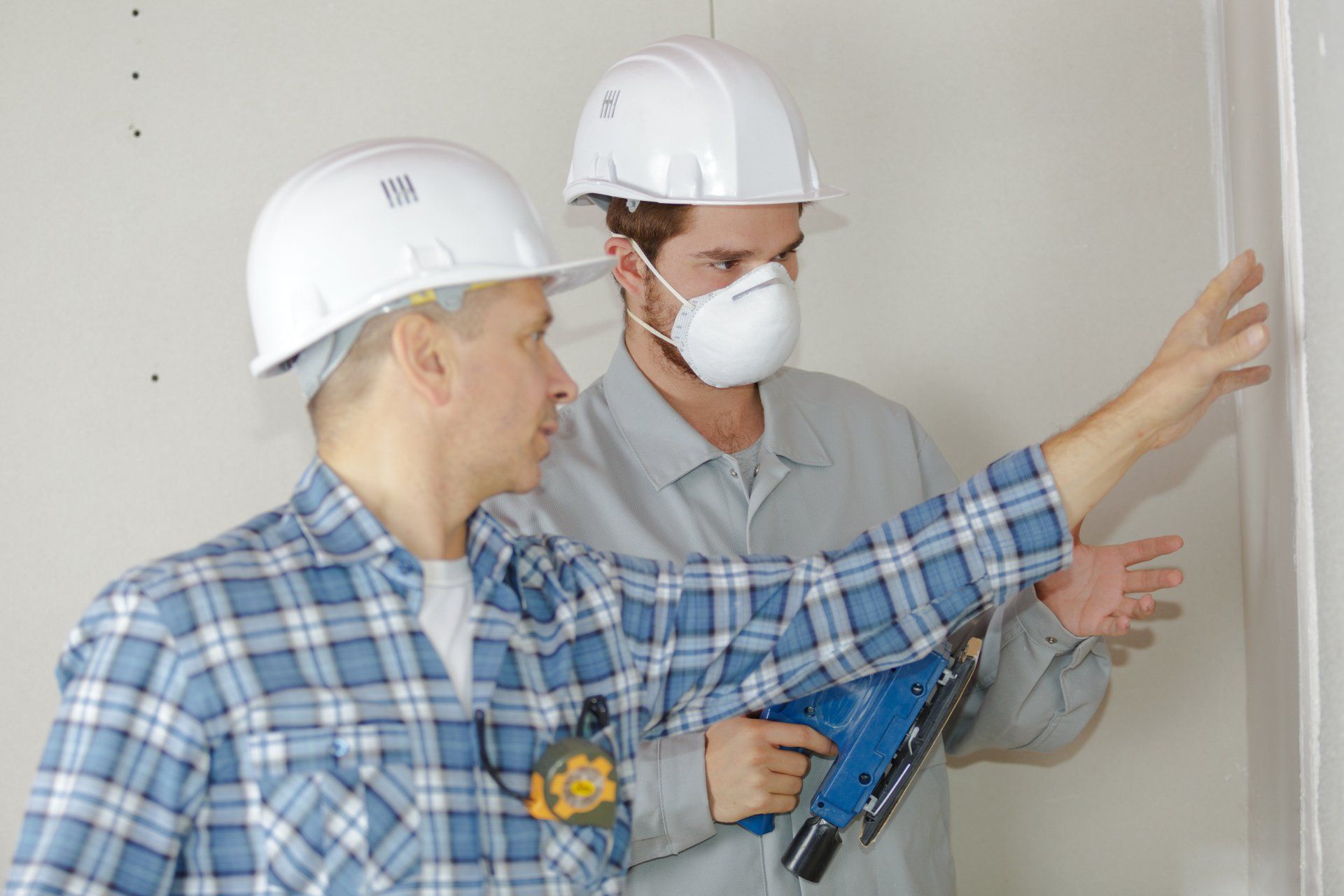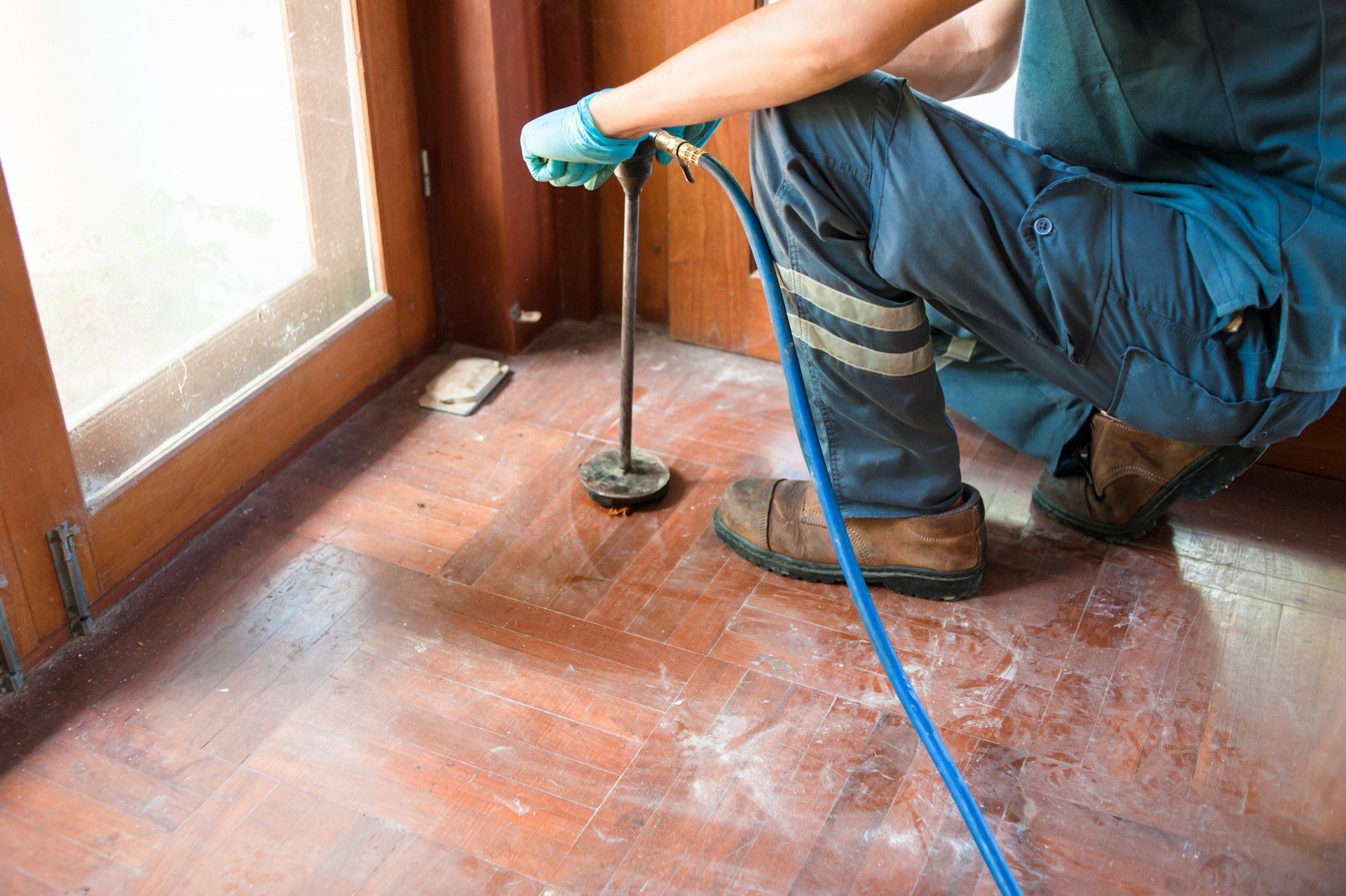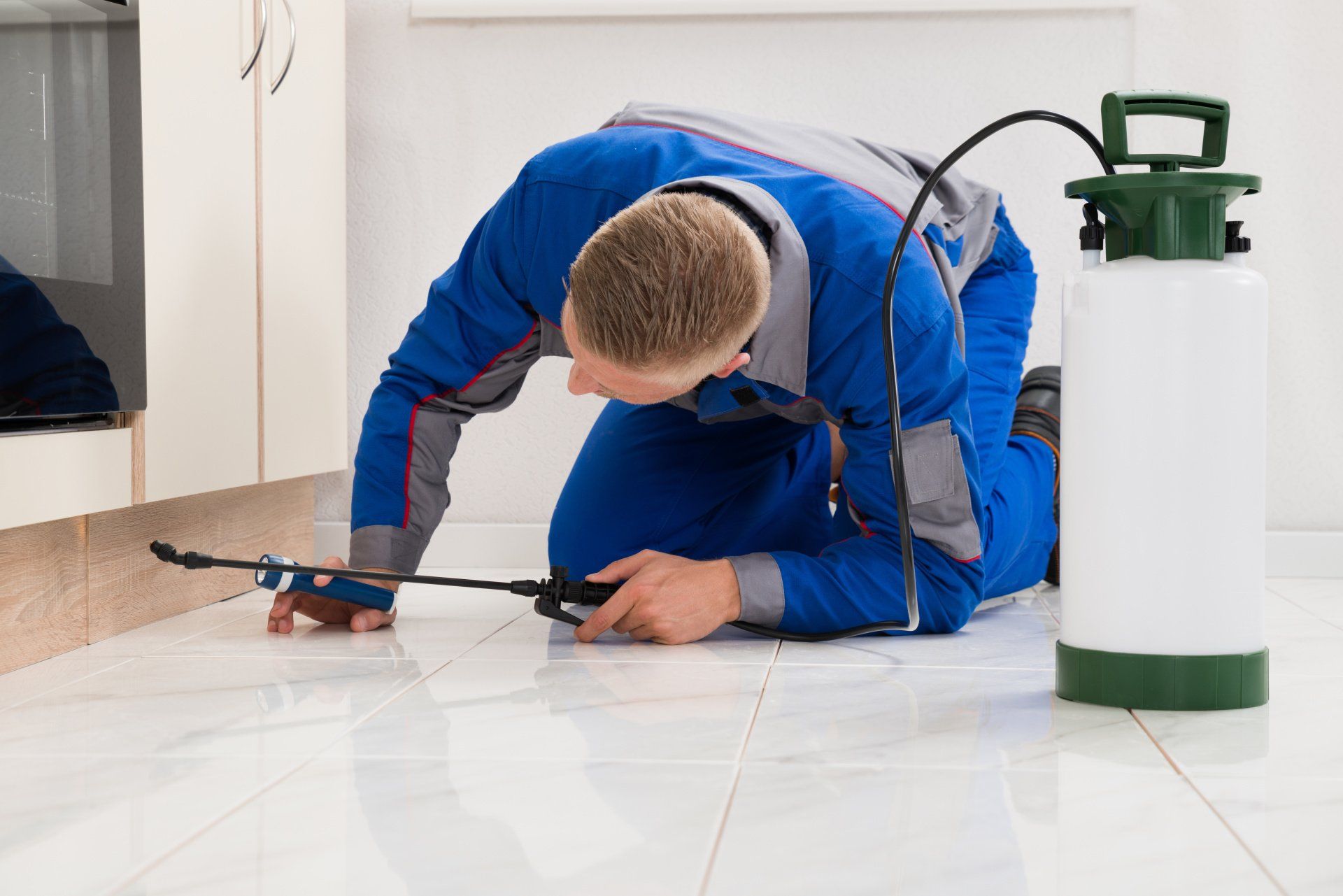Termite Control
Noticing wood damage in or around your home?
Termites are some of the most destructive pests on the planet. Each year, these bugs cost around $5 billion in damage in the United States alone!
If a termite infestation is left untreated, it can grow a colony of over a million hungry workers. A colony of this size is capable of devouring over 100 pounds of wood annually. With the average price of termite treatment and damage repairs costing over $8,000, it’s easy to see how vital fast detection is for implementing a solution.
Concerned about termites chewing your wood?
Get a free quote
Contact Us
How We Assess & Treat Active Termite Infestations
After performing an analysis of your home to determine the layout and degree of infestation, we’ll determine the best course of action.
Termite FAQs
How Can a Termite Eat Wood?
You’re likely wondering, “How do termites eat wood?” These small bugs don’t look as though they can cause much damage, but looks can be deceiving.
Inside of a termite’s guts, they harbor specialized enzymes, bacteria, and protozoa that let them digest cellulose. This is the organic, fibrous material that composes wood and other plants. While most animals aren’t digesting cellulose, it’s a main component of the termite diet.
Do Termites Live Alone?
Termites do not live alone. In fact, these pests live in structured colonies that tend to range from a few thousand to several million termites. Termite society involves a series of complex roles and hierarchies to keep the queen safe as she lays eggs. The worker termites expand the colony and conduct hard labor tasks as the nymphs and immature termites carry a lighter workload. Everyone contributes to the colony in one way or another.
How Fast Do Termites Eat Wood?
One termite is not going to devour your entire home. While they’re slow eaters, the sheer number of them found in a single colony can cause a lot of damage to a home within months. Millions of termites are capable of causing thousands of dollars in damage – or more, depending on the home!
How Many Termites Live in a Colony?
Some termite colonies can have over 15,000,000 termites at once, thriving for many years on the innards of a home. The number of termites in a colony depends on the species of termite. However, if you have colonies living within close proximity of one another, a huge termite problem can grow even worse.
What Are the Most Common Types of Termites in the United States?
The most common species of termite you’ll find in the United States is the eastern subterranean termite. These pests build mud tubes to travel and live underground in the soil.
Do Subterranean Termites Eat Wood Fast?
If you have a large subterranean termite colony, they might devour around a pound of wood each day. Since these pests stay hidden as they eat your home, the real danger here is when days, weeks, and years pass with a colony eating your home. Once you discover the colony exists, you could have severe termite damage that costs thousands of dollars to repair.
How Much Does a Termite Infestation Cost?
The cost to eradicate a termite infestation is often not as high as the repairs you’ll need once the damage is done. Repairs often cost thousands. However, it really depends on your specific case. To determine what it will cost to rid your home of termites and fix any termite damage, you’ll need someone to come out and provide an estimate for the colony removal and repairs.
Where Can You Find the Strongest Termite Protection?
If you have termites, you need them gone. The longer they’re in your house, the more damage they’ll cause. These pests are ravenous eaters that most homeowners insurance will not cover.
At Dever, we find, eradicate, and maintain the solution to your termite problems. With the most advanced and effective termite control solutions available, we guarantee our termite control services.




